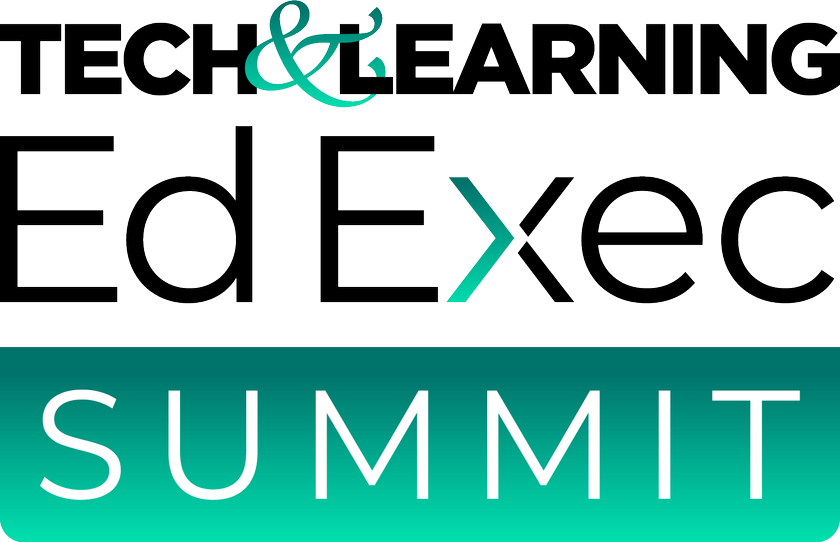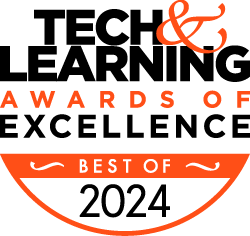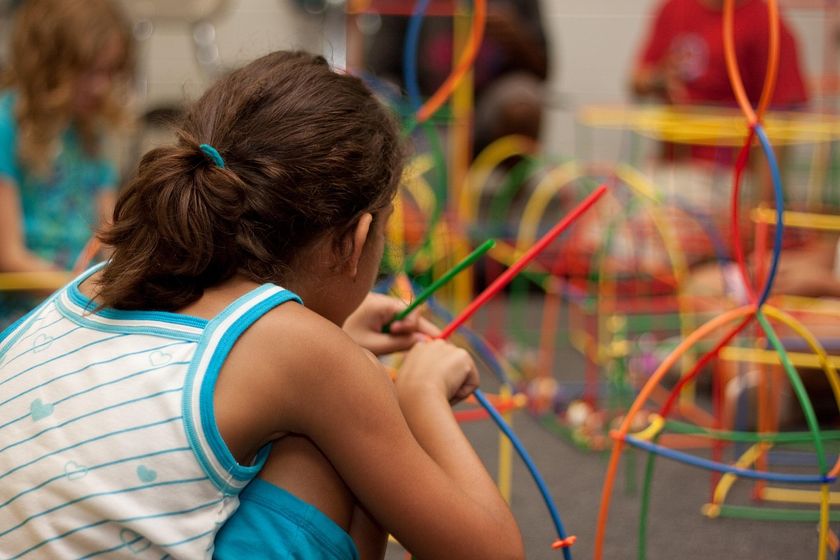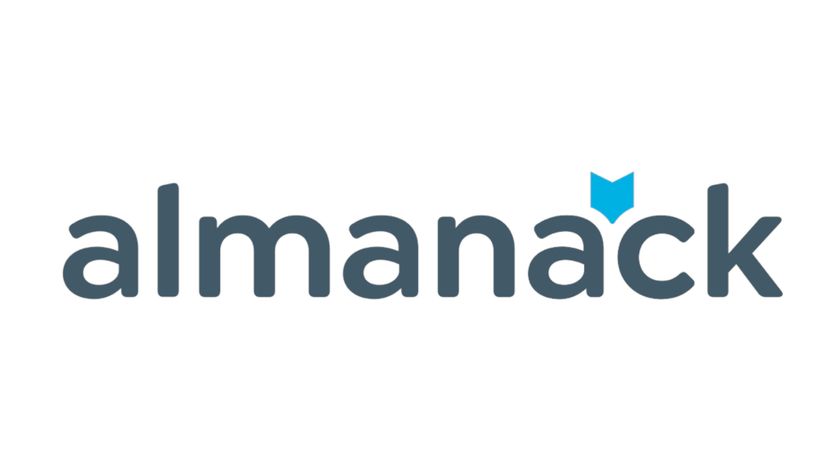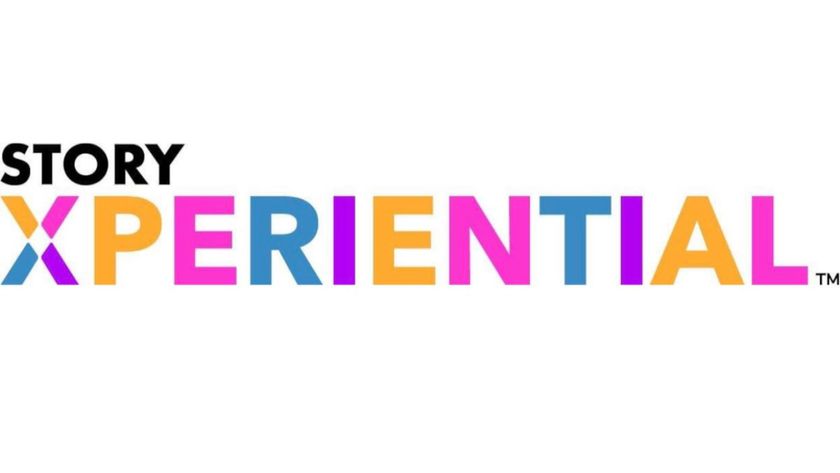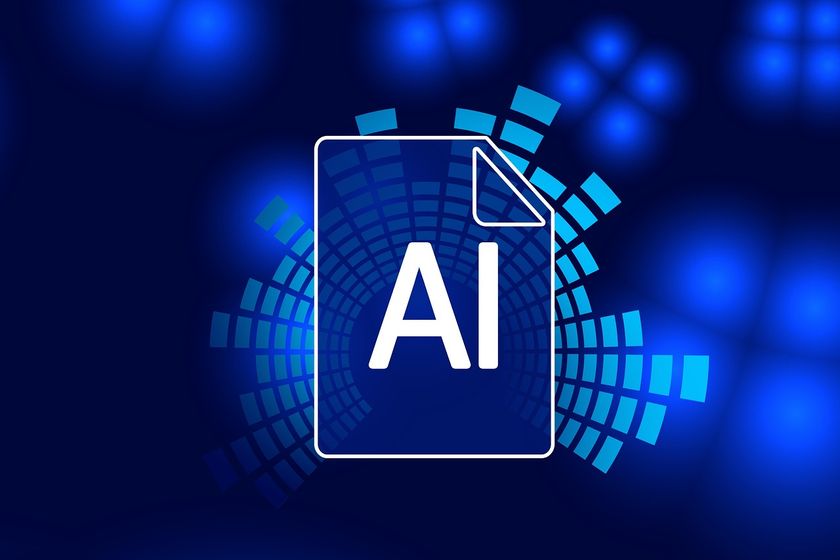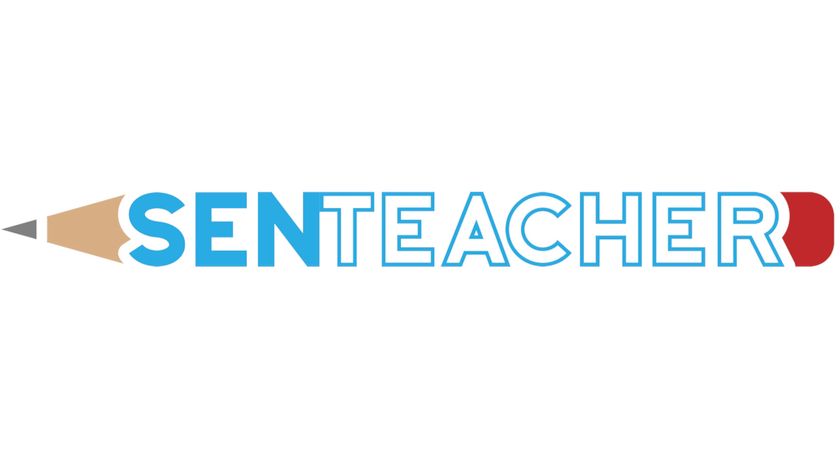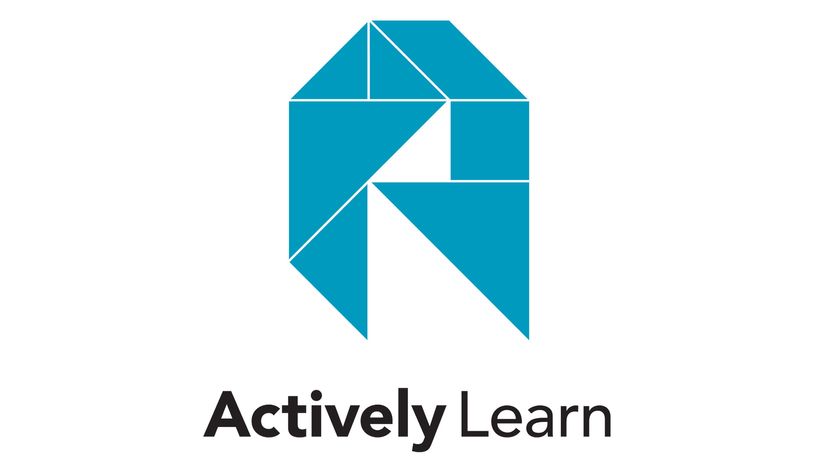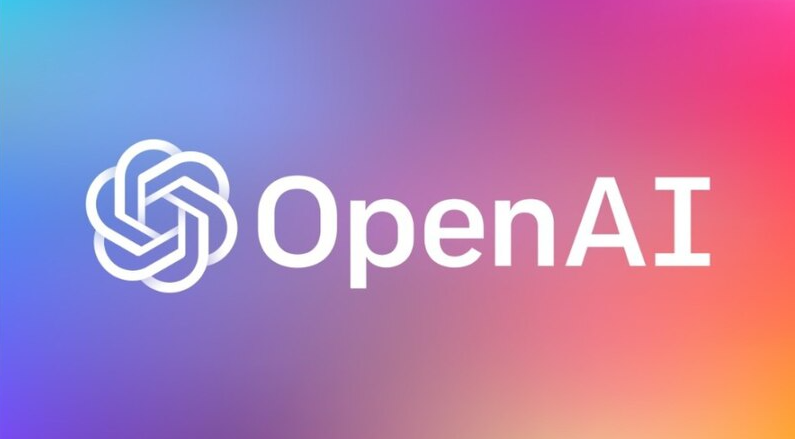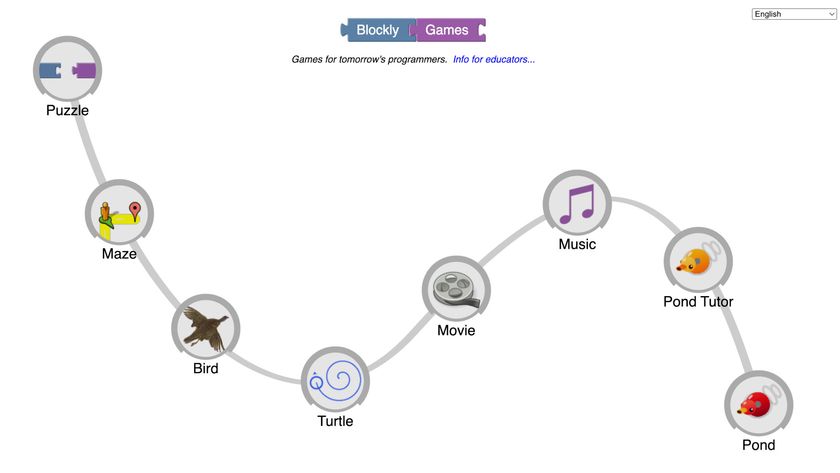What's Next? Modern Learning Systems for Learners and Leaders
Five steps for designing community schooling
“My background has traversed from working with our earliest learners to heading innovative coaching teams performing impressive turnarounds at K-12 districts to my current position as Urban Leadership Director preparing the next generation of superintendents,” said Professor Frances Gipson of Claremont University in her presentation during Tech & Learning’s recent “Future-Proofing Your District” virtual conference. “But above all, I am Team Kid. If it helps kids learn, I am all about it. One of the things I have stayed keenly aware of throughout my different roles is that the school is really the heart of the community.”
So what happens when that very heart of the community faces unprecedented challenges and suddenly skips a beat? Or when newly formed robust learning centers and support systems holding together precarious educator-learner relationships are broken and forced into a new remote reality?
“This is where we can think beyond the brick and mortar,” said Gipson. “When you think of the concept of community, with the right technical supports, it can really morph into a wraparound offering connectivity, becoming a more dynamic system that can truly support our learners as they become the next group of leaders in our country.”
Here are five steps for district leaders preparing for community schooling, and what that means moving forward:
1. Move from Existing State to Desired State
When forging a modern learning system, a futuristic leader is not afraid of breaking through the walls of the past. They need to become a change agent and create disruptive learning opportunities, and opt for a catalytic way of reflecting, resourcing, and developing the knowledge, skills, and dispositions for a learning system. Adaptivity and flexibility are at the core mindset for these leaders, and essential for their learners’ mindsets.
One way leaders create inclusive and collaborative spaces is by increasing voice and agency. Agency helps learners to meaningfully change conditions in their lives and community. It provides purposeful initiative. Schools can serve as models of equity to assure that every student will have a positive and empowering learning environment. Both capacity and conviction for “living in the system” and “disturbing the system” are critical to ensure that our communities are at the center of all decisions.
- How to Quickly Email Parents in Multiple Languages
- Social Emotional Supports for Children and Educators in K-12 Schools
- 3 Key Words for Education Boards to Remember During a Crisis
- Summer Learning: A Dry Run for Fall Back-to-School Planning
2. Advocate and Propel Policies with Personalizing Features for the Learning Environment
Future ready education leaders will find ways to provide a personalized learning experience for students at every age. These leaders will do the same for all stakeholders in education, providing customized training and learning opportunities. They’ll also do the same thing for themselves. Using research and promising practices, they will invite curiosity and create rigorous learning environments suited to the authentic interests of students.
Tech & Learning Newsletter
Tools and ideas to transform education. Sign up below.
These leaders need to become equity champions. They should take active steps to dismantle the deeply ingrained structure of inequitable schooling, keeping a mind to elements of access and opportunities for acceleration. We must attend to the nuances of learning and leading, and be prepared to be nimble in meeting the needs of today’s learners in a rapidly changing knowledge economy.
3. Connect, Design, and Lead
One can’t underestimate the importance of adaptivity and leading with love when it comes to creating the ideal modern learning system. Complex problems don’t offer simple solutions, so polarity management is key to meeting and adjusting. Connecting with the community in order to design a learning setting for success is crucial.
With ever-evolving innovations in edtech, our system has become more data rich than ever—a natural edge in designing a personalized modern learning system. Precision and resourcing is more readily available than ever before so we can better differentiate to address the needs of the “whole.” Schools and communities can be informed by voice, as well as by accompanying “big data” systems that merge sources for data-influenced action. Breaking predictable patterns and relying on personalized innovation can keep a “Team Kid” approach with students firmly at the center of the design.
4. Invite Innovation, Curiosity, and Creativity
Lead with instruction, lead with equity—it’s not just about leading with a tool. ISTE Standards, Linda Darling-Hammond’s Deeper Learning, and Quaglia’s Voice and Aspirations Framework offer resources and practices to include in a modern holistic learning system.
Technology’s role in this change is to equalize the playing field in the classroom, giving every learner the opportunity to access individualized learning. Technology is an accelerator, therefore we must first lead with the best instruction.
ISTE offers a roadmap for education with standards that are organized to rethink teaching and learning with a strong sense of agency for the learner.
5. Schools as the Heart of the Community
We must be beacons of academic optimism, integrating community-aimed systems of support that include wellness and are trauma-informed. These systems should also offer multitiered accelerations and mastery-learning options, include social-emotional learning for everyone in the nested learning community, and have a goal of economic connectivity for families, caretakers, and community partners.
The forward-thinking community school serves academic needs, with hubs for both learning and wellness—a model of schooling that address the whole child.
Frances Marie Gipson is a clinical associate professor of education in the School of Educational Studies at Claremont Graduate University, and also serves as director of the Urban Leadership program. Most recently, Gipson served as the Chief Academic Officer (CAO) for the second-largest school district in the nation, Los Angeles Unified School District (LAUSD). As a leader of leaders, she oversaw the instructional plan and capacity building for more than 600,000 students in preschool through adult school programs – across over 20 departments.
Sascha has nearly two decades of experience as a freelance journalist writing for national magazines, including The Washington Post, LA Times, Christian Science Monitor, National Geographic Traveler, and others. She writes about education, travel and culinary topics.

